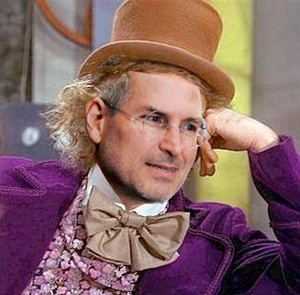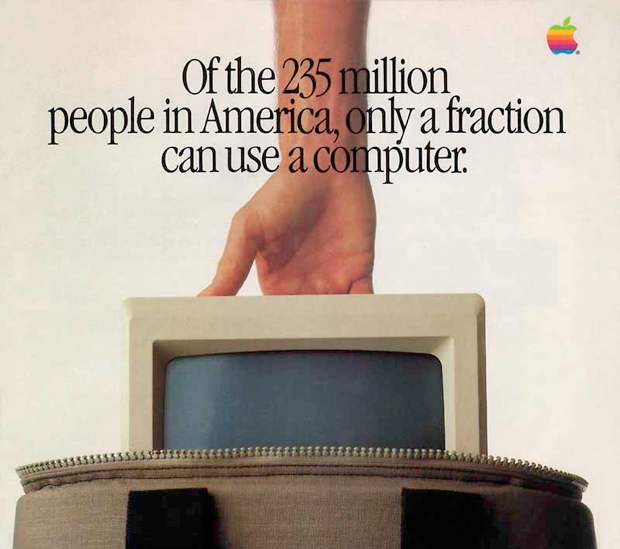For those not keeping score, Twitter, and Facebook have both come out publicly in favor of SPDY. Twitter is already using it in production. It sounds like Facebook will be soon. Mozilla implemented it in Firefox. Opera has SPDY. Google, the author of SPDY is using it in production.
This leaves Microsoft and Apple as the holdouts. Microsoft’s HTTP + Mobility is SPDY at it’s core. Microsoft hasn’t started supporting SPDY in any products, but it seems inevitable at some point. They are a holdout in implementation but not opposed to SPDY it seems.
Apple is the last major holdout. SPDY hasn’t been announced for iOS 6 or Mac OS X 10.8. As far as I’m aware Apple hasn’t made any statement suggesting support or opposition to SPDY. However I can’t see why they would oppose it. There’s nothing for them to disapprove of, other than it’s not using their IP. I’d be surprised if they don’t want to implement it.
However given SPDY is a rather backwards compatible thing to support, I don’t see this holding back adoption. Nginx is adding support for SPDY (thanks to WordPress creator Automattic), and Google is working on mod_spdy for Apache. That makes adoption for lots of large websites possible.
While the details of SPDY and the direction it will go are still in flux, it seems nearly certain that SPDY is the future of the web. Time to start digging into how to adopt it and ease the transition. The primary concerns I see are as follow:
- TLS Required – While not explicitly required, SPDY essentially builds on TLS and virtually any real world application needs it. This means purchasing SSL certificates for any website you wish to use SPDY with. Some have argued performance and scalability, but Google, Facebook and Twitter use SSL extensively on commodity hardware.
- IP Address – Unless you use Server Name Indication (SNI), which almost no websites do because of compatibility, you need an IP address for every hostname that you use TLS with. That means until IPv6 is widely adopted, it will be putting further strain on the remaining IPv4 pool.
Both of the above concerns increase complexity and cost of building websites at scale and for those who are on a very tight budget (the rest of us will manage). Because of this, I don’t think we’ll see a 100% SPDY or HTTP 2.0 web for quite some time. Don’t expect SPDY for shared hosting sites anytime soon.
In a world of increasing surveillance and user data being integrated into everything, the benefits of TLS will be realized. Both Facebook and Twitter acknowledge it’s importance in preventing user data from getting into the wrong hands.
I, For One, Welcome Our New SPDY overlord.



